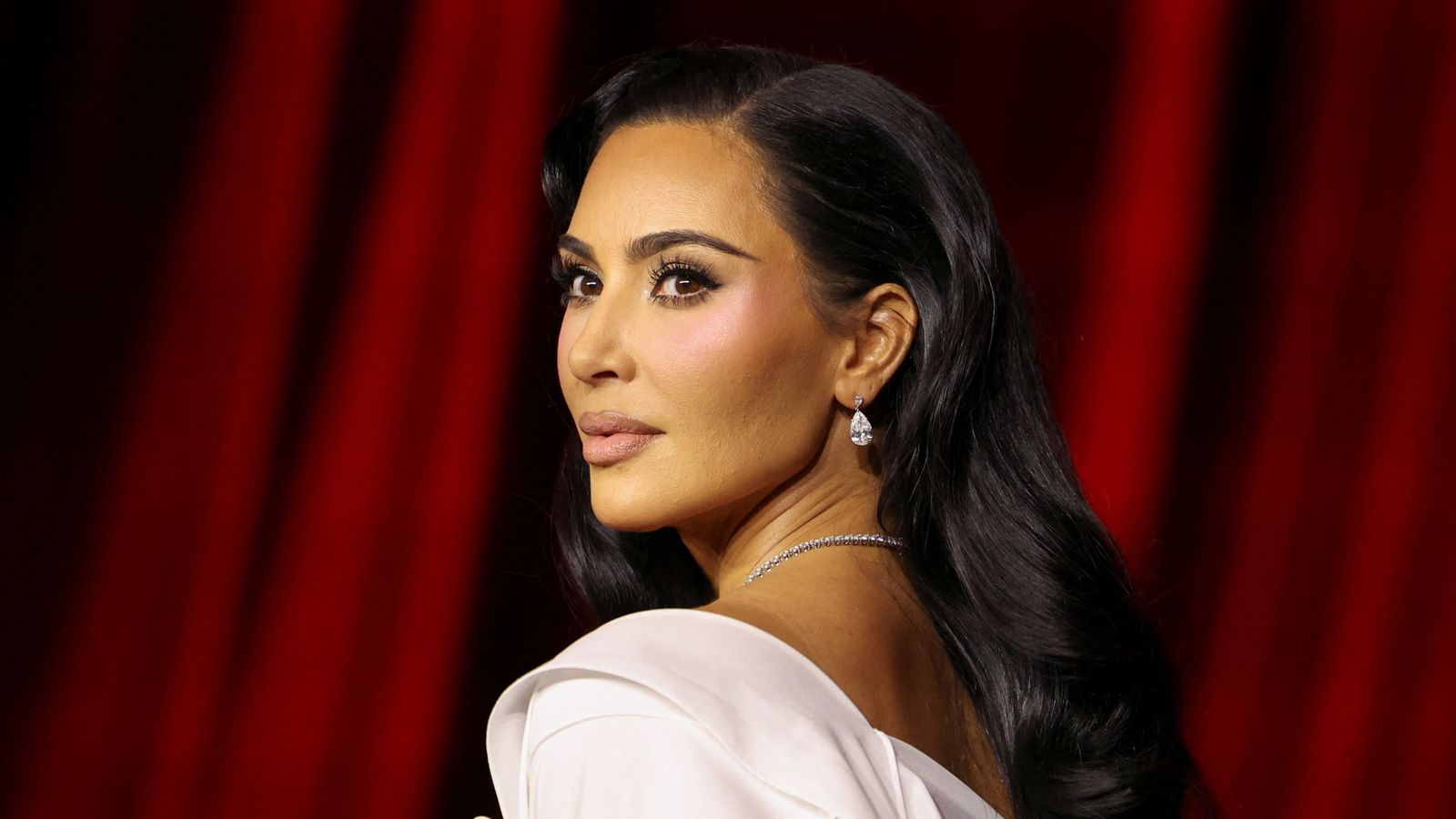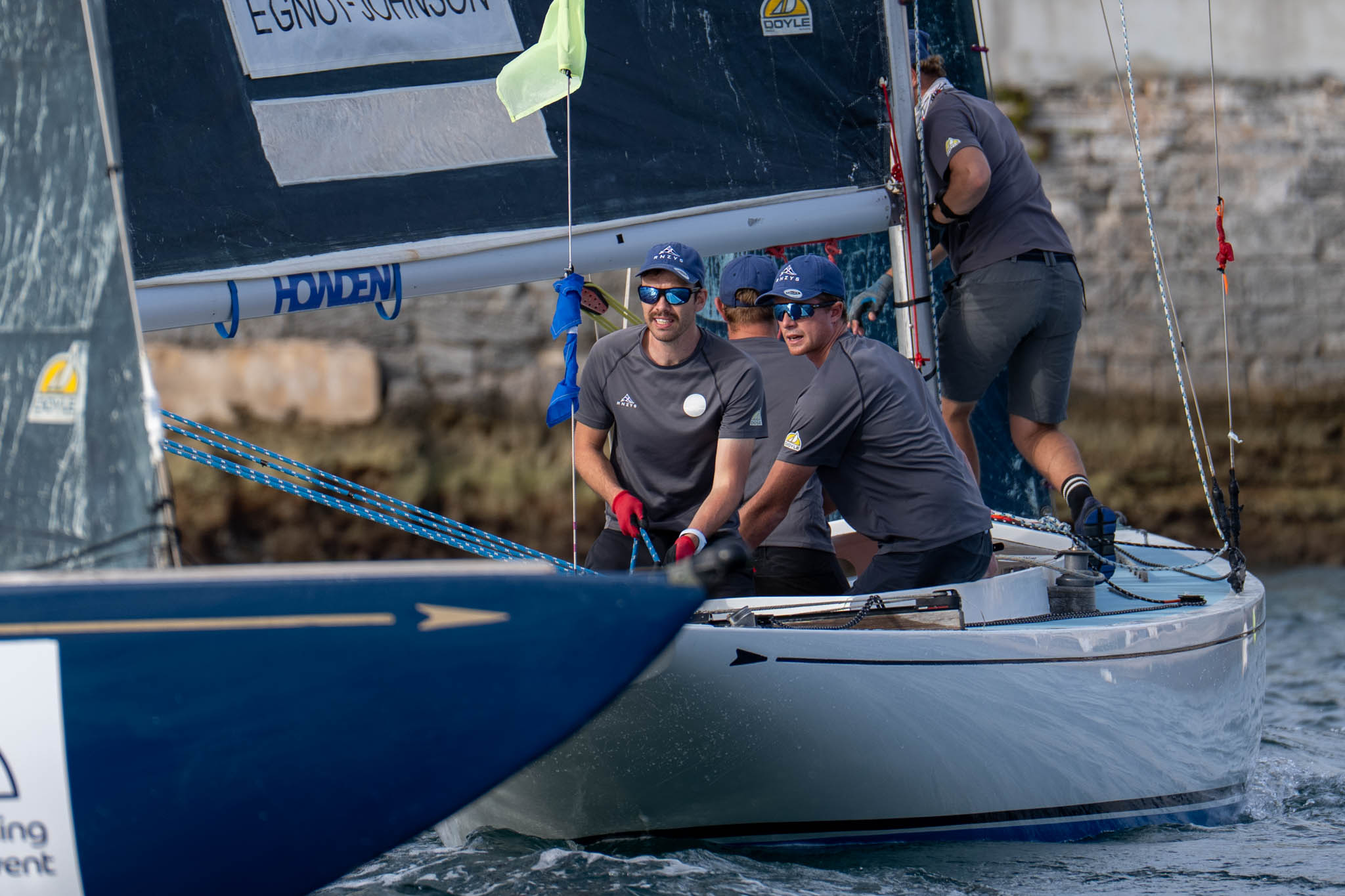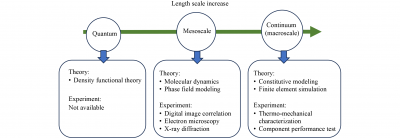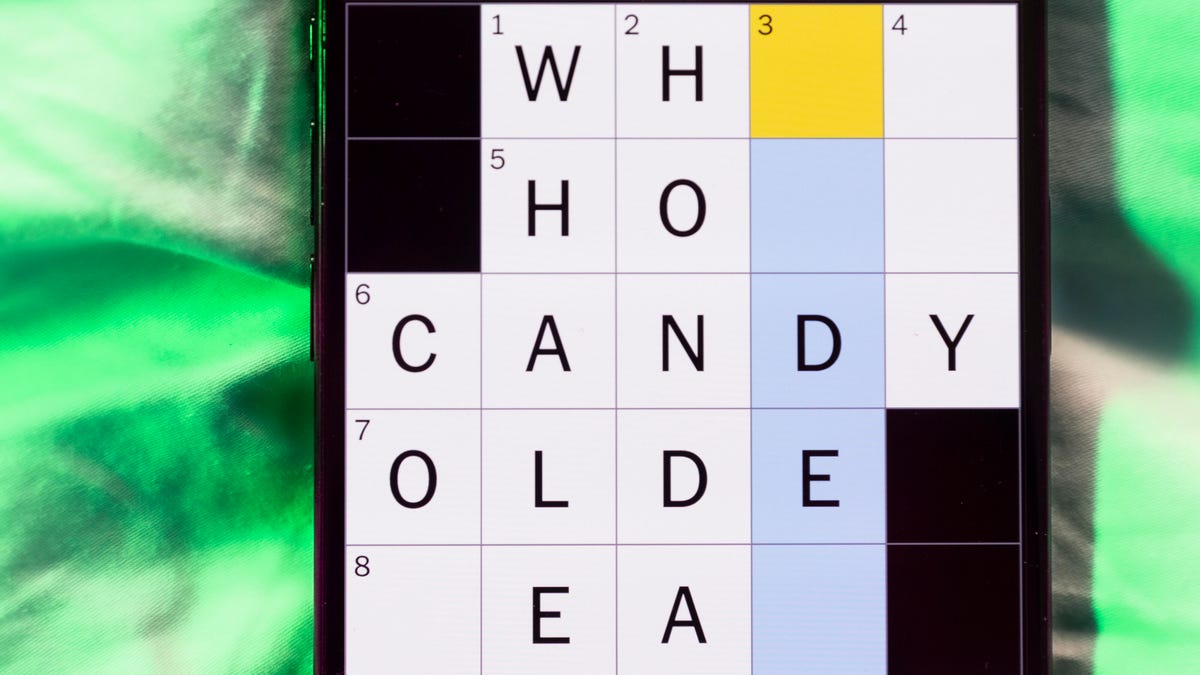Oct. 23 (UPI) — SpaceX launched a Spanish communications satellite atop a Falcon 9 rocket Thursday night from Cape Canaveral Space Force Station in Florida in a rare expendable mission.
The rocket deployed the SpainSat NG 2 satellite about 35…

Oct. 23 (UPI) — SpaceX launched a Spanish communications satellite atop a Falcon 9 rocket Thursday night from Cape Canaveral Space Force Station in Florida in a rare expendable mission.
The rocket deployed the SpainSat NG 2 satellite about 35…

Kim Kardashian has revealed that she has been diagnosed with a brain aneurysm.
The 45-year-old appears to suggest her small…

While Egnot-Johnson will be sailing for a spot in the semi-finals tomorrow, for one man the pressure is off after another perfect day in Hamilton Harbour. For the second day running, defending Gold Cup champion Johnie Berntsson from Sweden was…

North have been bolstered by the return of four Western
Force players including Wallaroos superstar Trilleen Pomare for Game 2 of the
North vs South Women’s Series at Perth Bayswater on Saturday 11am.
Hannah Palelei, Anneka Stephens and Brooklyn…

In the fields of civil engineering, aerospace, biomedical engineering, and more, shape memory alloys (SMAs) have garnered widespread attention owing to their distinctive properties. Among them, nickel-titanium (NiTi)…

(Bloomberg) — Technology shares drove a broad rise in Asia’s stock markets on Friday as a plan for Donald Trump and Xi Jinping to meet eased nerves around a trade war.
An MSCI gauge of Asian shares was up around 0.5%, resuming a blistering rally this year that has pushed the index to all-time highs. Tech stocks were among the big drivers, with an industry gauge in Hong Kong jumping around 1.4% in early trading. Shares in Intel Corp helped lift the mood overnight, climbing in post-market trading after an upbeat revenue forecast.
Sentiment got a boost after the White House said President Trump will meet his Chinese counterpart Xi Jinping, a chance for cooler heads to prevail after a recent flare-up in trade tensions. The two leaders will talk next Thursday on the sidelines of the Asia-Pacific Economic Cooperation summit, their first face-to-face meeting since Trump returned to power.
“The confirmation of a Xi–Trump meeting gave markets a clear reason for a relief rally today,” said Hebe Chen, an analyst at Vantage Markets in Melbourne. “Not from hopes of warmer U.S.–China relations ahead, but from the perception that any progress is better than stalemate, and that a new deal before the truce deadline now appears more attainable.”
Tech stocks in both countries have rallied, in part due to signs of state support. US quantum-computing shares got a lift from reports that the Trump administration was mulling financial support for some firms, a move to counter China, while Beijing’s pledge to boost technological self-sufficiency fueled demand for tech stocks in early trading.
Investors are now turning their attention to the delayed inflation report from the US, which will be released on Friday. The cross-asset moves overnight suggest investors are optimistic the inflation reading won’t be a major drag to global markets that have zoomed higher over the past month. Oil prices fell ahead of US inflation data.
“Valuations continue to be the best argument for bears, but the relentless buy-the-dip approach of investors has even the most pessimistic investors questioning their outlook,” said Mark Hackett at Nationwide.
Policy Turn
Treasuries were steady on Friday. They had snapped a three-day rally during overnight trading as yields rose across the curve, with the 10-year climbing five basis points to 4%. The dollar was little changed.
West Texas Intermediate edged lower after jumping 5.6% to settle near $62 a barrel on Thursday, the biggest jump since the start of the Israel-Iran conflict on June 13. The latest US oil sanctions signaled a major policy turn from the Group-of-Seven price cap strategy that sought to limit Russia’s earnings without disrupting supply or driving up global prices.
“As with the trade war, the fallout from the oil sanctions is murky at best, although we expect that from the perspective of the market at least, the kneejerk spike in crude will represent the bulk of the attention devoted to this matter, as it were,” said Ian Lyngen, Vail Hartman and Delaney Choi at BMO Capital Markets.
Investors will likely look past any evidence of stubborn inflation in Friday’s consumer price index report, as money markets brace for a Federal Reserve rate cut next week.
Prospects for Fed easing, durable earnings growth and AI investment spending support the view that the equity bull market has further room to run, according to Ulrike Hoffmann-Burchardi at UBS Global Wealth Management. But she also sounds a note of caution.
“Any setbacks in US-China relations or potential concerns about the durability of the AI-driven rally could trigger bouts of volatility,” she said.
How should regulators react to the blurring line between investing and gambling? Let us know in the latest Markets Pulse survey.
Some of the main moves in markets:
Stocks
S&P 500 futures rose 0.2% as of 11:17 a.m. Tokyo time Nikkei 225 futures (OSE) rose 1.5% Japan’s Topix rose 0.6% to a record high Australia’s S&P/ASX 200 fell 0.2% to the lowest since Oct. 17, 2025 Hong Kong’s Hang Seng rose 0.7% to the highest since Oct. 10, 2025 The Shanghai Composite rose 0.2% to the highest since Oct. 9, 2025 Euro Stoxx 50 futures rose 0.2% Currencies
The Bloomberg Dollar Spot Index was little changed The euro was little changed at $1.1611 The Japanese yen weakened 0.2%,falling for the sixth straight day, the longest losing streak since Oct. 9, 2025 The offshore yuan was little changed at 7.1276 per dollar Cryptocurrencies
Bitcoin rose 0.9% to $110,597.69 Ether rose 1.4% to $3,884.39 Bonds
The yield on 10-year Treasuries was little changed at 4.00% Australia’s 10-year yield advanced two basis points to 4.15% Commodities
West Texas Intermediate crude fell 0.6% to $61.43 a barrel Spot gold fell 0.3% to $4,112.90 an ounce This story was produced with the assistance of Bloomberg Automation.
–With assistance from Winnie Hsu.
©2025 Bloomberg L.P.

Looking for the most recent Mini Crossword answer? Click here for today’s Mini Crossword hints, as well as our daily answers and hints for The New York Times Wordle, Strands, Connections and Connections: Sports Edition puzzles.
Today’s Mini…